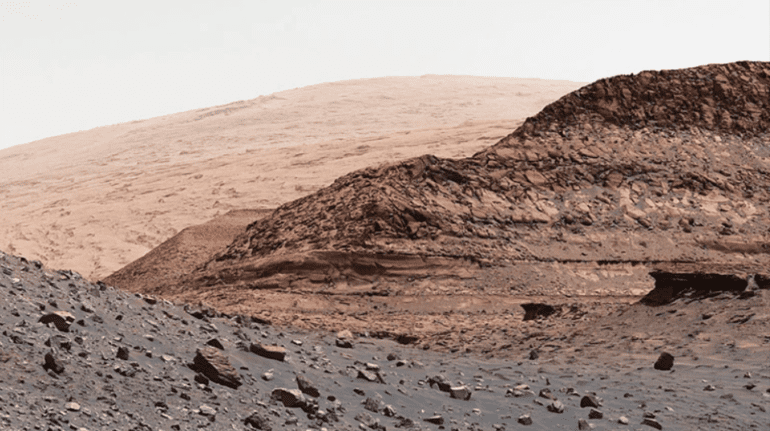TL;DR:
- Chinese researchers unveil an AI-powered robot chemist for Mars missions.
- The robot extracts oxygen from Martian water sources using locally available materials.
- It eliminates the need to transport oxygen catalysts from Earth.
- MOXIE, an alternative technology on Mars, also shows promise.
- The robot can produce various catalysts for different processes.
- AI-driven material synthesis has broader applications in chemistry.
- The innovation may reshape the future of space exploration.
Main AI News:
In the quest to conquer the challenges of exploring Mars, researchers in China have unveiled a groundbreaking innovation: an AI-powered robot chemist designed to harness the planet’s resources for the production of oxygen. This revolutionary creation has the potential to redefine our approach to Mars missions by utilizing locally sourced materials to generate life-sustaining oxygen.
The project, led by Jun Jiang and his team at the University of Science and Technology of China in Hefei, introduces a mobile machine with a robotic arm, roughly the size of a refrigerator, capable of analyzing meteorites resembling the Martian surface. The primary objective was to investigate whether this sophisticated AI system could derive useful catalysts from the materials at hand.
The process involves the use of acid and alkali to dissolve and separate the material, followed by an in-depth analysis of the resulting compounds. What would take a human researcher an astonishing 2,000 years to achieve, the AI-powered system accomplishes swiftly. The outcome? A remarkable oxygen-evolution reaction catalyst, poised to unlock the potential of extracting oxygen from water sources on Mars.
“We have developed a robotic AI system that has a chemistry brain,” Jiang explains. “We think our machine can make use of compounds in Martian ores without human guidance.”
This technological marvel raises the intriguing possibility of obviating the need to transport catalysts from Earth for future Mars missions. According to Jiang, for every square meter of Martian material, his team’s system could produce nearly 60 grams of oxygen per hour. This could potentially eliminate the requirement for astronauts to carry oxygen from Earth, as the robot can tirelessly operate for years.
However, an alternative approach to oxygen production on Mars exists, as Michael Hecht from the Massachusetts Institute of Technology’s Haystack Observatory suggests. He leads the Mars Oxygen In-Situ Resource Utilization Experiment (MOXIE) aboard NASA’s Perseverance rover, which has already demonstrated the ability to extract oxygen from the Martian atmosphere, which is primarily composed of carbon dioxide.
MOXIE, albeit currently producing limited quantities of oxygen, could be scaled up to provide an ample supply for human settlements. Additionally, it holds the potential to serve as an oxidizer for rocket fuel, enabling future return trips to Earth with ease. “You can produce two to three kilograms an hour,” says Hecht. “There’s zero obstacle to scaling this up.“
Yet, Jiang emphasizes that their robotic chemist can offer much more than oxygen production on Mars. It has the versatility to create various valuable catalysts for different processes, including fertilizing plants. Moreover, this innovation extends beyond Mars and may find application in lunar soil exploration.
The integration of AI in material synthesis represents a burgeoning field with implications far beyond space travel, according to Andy Cooper, a chemist at the University of Liverpool. “It’s an emerging method of using AI that’s more broadly applicable to all kinds of chemistry, not just to catalysis and oxygen production,” he points out.
Conclusion:
The introduction of an AI-driven robot chemist for Mars missions marks a significant leap in space exploration technology. This innovation has the potential to reduce reliance on Earth for critical resources, such as oxygen, by utilizing locally sourced materials. While it faces competition from alternative technologies like MOXIE, its versatility in creating various catalysts opens up new possibilities. Beyond space exploration, AI-driven material synthesis is poised to impact the broader field of chemistry. This development represents a compelling shift in the market, with potential applications in both space and terrestrial industries.

